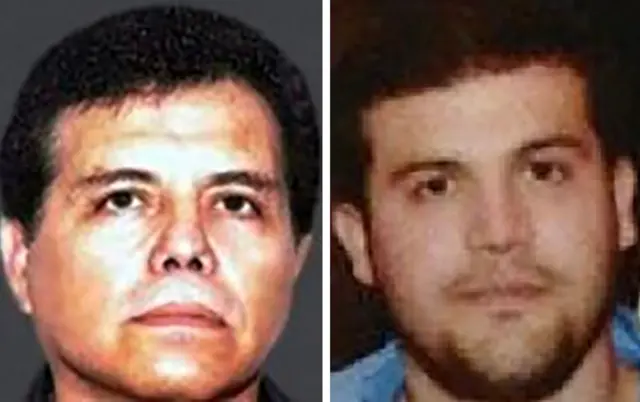Ismael ‘El Mayo’ Zambada: How US Caught Drug Kingpin After 35 Years
Ismael ‘El Mayo’ Zambada has long been a figure of intrigue in the annals of drug trafficking, representing the formidable presence and extensive reach of the world’s most dominant drug cartel. As one of the last surviving leaders from the genesis of the Mexican drug trade, he co-founded the Sinaloa Cartel with notorious partner Joaquin ‘El Chapo’ Guzman following the demise of the Guadalajara Cartel in 1989.
While Guzman faced incarceration and daring escapes, Zambada managed to elude capture for an astonishing 35 years—until now. On Thursday, US law enforcement apprehended him in El Paso, Texas, where he has subsequently pleaded not guilty to a range of federal charges.
A Sting Operation and a Long-Overdue Arrest
Zambada’s downfall was orchestrated through an elaborate sting operation conceived by none other than the son of his former associate, Guzman. Joaquin Guzman Lopez led Zambada to believe he was evaluating potential clandestine airstrip properties in northern Mexico. Both men were arrested during this ruse.
Reflecting on his fear of capture, Zambada once disclosed to renowned journalist Julio Scherer García, “The idea of being jailed gives me panic. I’m not sure I have what it takes to kill myself. I’d like to think I do and that I’d take my own life.” Despite his long-term evasion tactics, Zambada, now aged 76 and in declining health, fell victim to an operation he did not foresee.
The Future of the Sinaloa Cartel
The arrest of Zambada raises questions about the leadership structure of the Sinaloa Cartel. With the Guzman family—known as Los Chapitos—potentially negotiating plea deals with the US government, speculation about the cartel’s future reigns. When Guzman was extradited to the U.S. in 2016, violent conflicts erupted among rival factions feasting on perceived weaknesses.
Particularly notorious was the chaotic response from Sinaloa foot soldiers during the arrest of Ovidio Guzman Lopez in October 2019, when armed militants wreaked havoc across Culiacán, unleashing heavy fire on multiple targets. Ultimately, authorities released him to restore order, but he was later captured and is currently awaiting trial in a US facility.
Former DEA agent Mike Vigil observed that while a violent backlash akin to the Culiacanazo could arise, the Sinaloa Cartel possesses a robust pool of candidates for leadership continuity, including Guzman’s brother.
The Timing of the Operation
The timing of Zambada’s arrest sparks curiosity—why now? The operation had been meticulously planned for months, but some insiders suggest an element of opportunism. As the pieces fell into place, US authorities opted to act, guided by a broader strategy to combat the trafficking of fentanyl, which has increasingly become a public health crisis in America.
A Table of Key Statistics
As US Attorney General Merrick Garland articulated, “Fentanyl is the deadliest threat our country has ever faced.” With Zambada’s capture being a vital step toward dismantling the drug trade’s upper echelons, the question remains: will the Sinaloa Cartel experience peace or plunge into a new cycle of violence?




